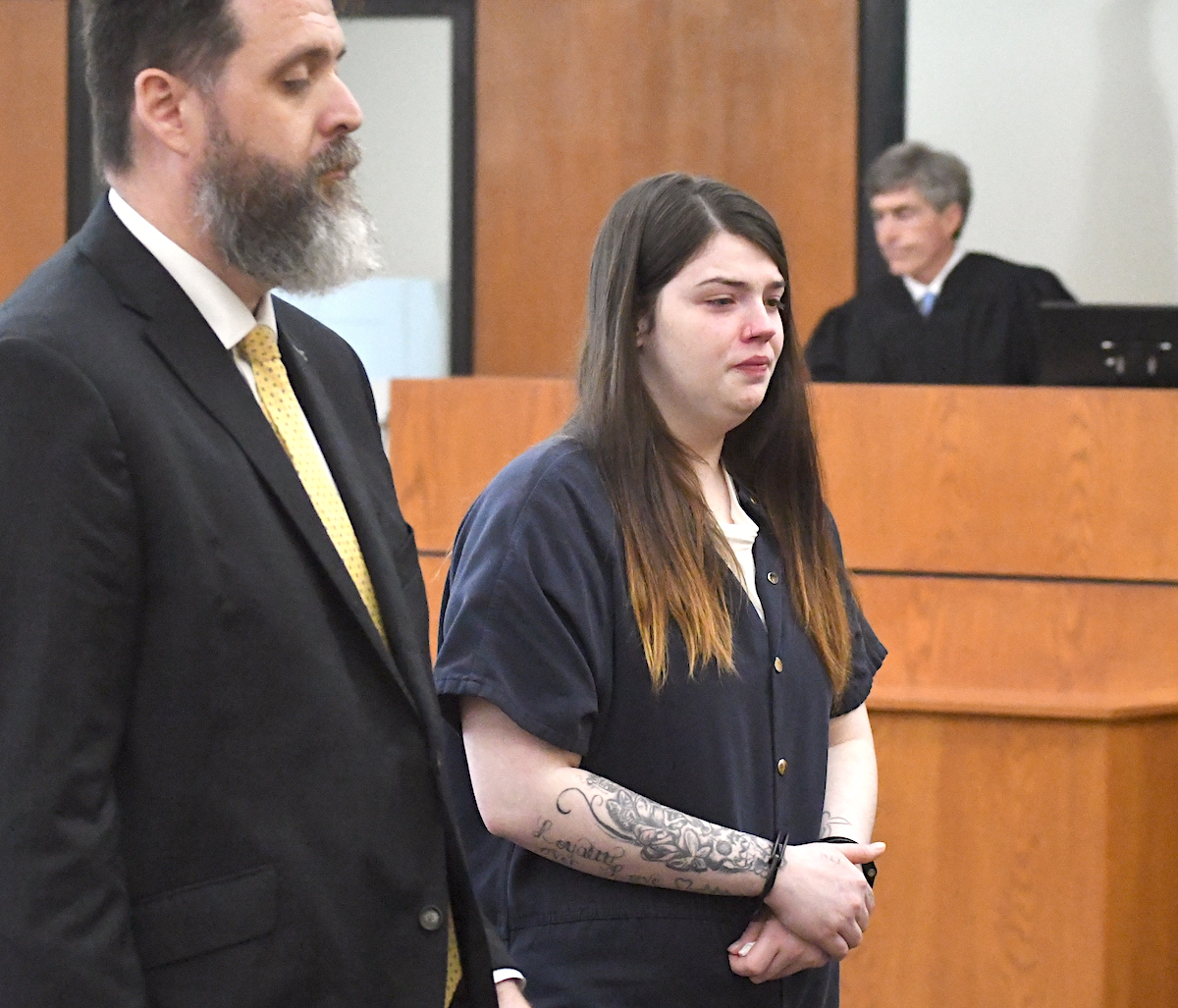Wimbledon becomes a story of comebacks
Published 11:30 am Monday, July 16, 2018
LONDON (AP) — From champions Novak Djokovic and Angelique Kerber, to runner-up Serena Williams, this edition of Wimbledon was all about comebacks of various sorts.
When Djokovic won his fourth title at the All England Club and first at a Grand Slam tournament in more than two years by beating Kevin Anderson 6-2, 6-2, 7-6 (3) on Sunday, it was the culmination of what he called a “journey” and a “process” as he returned from surgery to his right elbow.
Kerber collected her first Wimbledon championship with a 6-3, 6-3 victory over Williams on Saturday to mark a turnaround from a rough 2017 that saw her slip from No. 1 in the rankings and deal with two first-round exits at majors.
“I’m still sure,” said Kerber’s coach, Wim Fissette, “that we haven’t seen the best Angie.”
And while Williams didn’t win what would have been her eighth Wimbledon singles trophy, her run to the final just 10½ months after a difficult childbirth and complications involving blood clots served as, in Kerber’s words, “such an inspiration for everybody, for all of us, for every person watching you.”
Williams’ loss left her with 23 Grand Slam titles, the most in the half-century of professional tennis and only one short of Margaret Court’s record.
She can take a crack at that mark at the U.S. Open, which begins on Aug. 27 in New York.
“I didn’t know a couple of months ago where I was, where I would be, how I would do, how I would be able to come back. It was such a long way to see light at the end of the road, kind of,” Williams said. “So I think these two weeks have really showed me that, ‘OK, I can compete.’ Obviously I can compete for the long run in a Grand Slam.”
Here is what else we learned at Wimbledon in 2018:
TIEBREAKER TIME?
Anderson’s 26-24 victory in the fifth set against John Isner in a semifinal that lasted more than 6½ hours was the second-longest Grand Slam match ever and renewed a debate about the rules: Should Wimbledon adopt a fifth-set tiebreaker? Currently, the U.S. Open is the only major that decides matches that way. “It absolutely needs to change,” said Anderson’s coach, Brad Stine.
WTA DEPTH
There’s no question the depth in the women’s game is as great as ever and there is a lot more room for trophy-collecting at the majors. Kerber’s victory ended a stretch in which seven players split the previous seven Grand Slam titles, including first-time champs Simona Halep, Caroline Wozniacki, Sloane Stephens and Jelena Ostapenko. For the first time since Wimbledon began seeding players in the 1920s, none of the top 10 seeds reached the quarterfinals. It was also the first time that happened at any Grand Slam tournament in the Open era.
THE BIG 3
Men’s tennis is back to having its Big 3 of Roger Federer, Rafael Nadal and Djokovic. Federer and Nadal had combined to win six majors in a row until Djokovic got back in on the action. Each member of that trio has been counted out in recent years, but they just keep on winning. All can excel on hard courts, Djokovic’s best surface. So the next couple of months should be entertaining.
OLD GUYS
Djokovic, 31, and Anderson, 32, made this Wimbledon final the first in the Open era with a pair of men older than 30. Add in Nadal, 32, and Isner, 33, and it was the first quartet of thirtysomething semifinalists at any major in the past 50 years. Which means they all deserve kudos, but also raises the question: Where are all the young guys? No up-and-comers reached the quarterfinals. One breakthrough did come from Stefanos Tsitsipas, a 19-year-old from Greece who made it to the fourth round.







